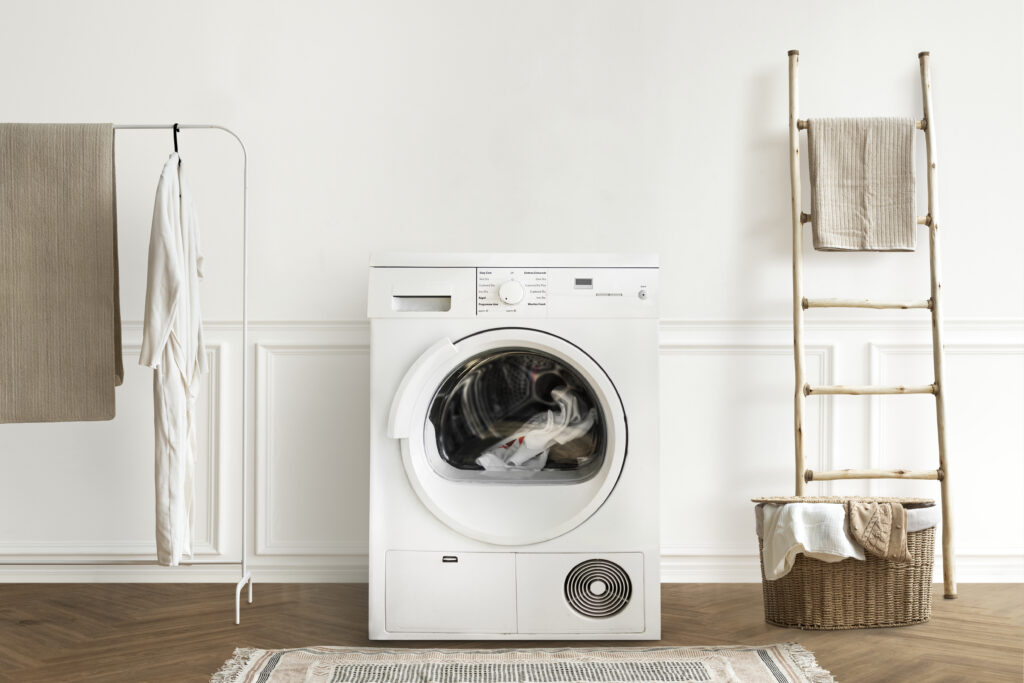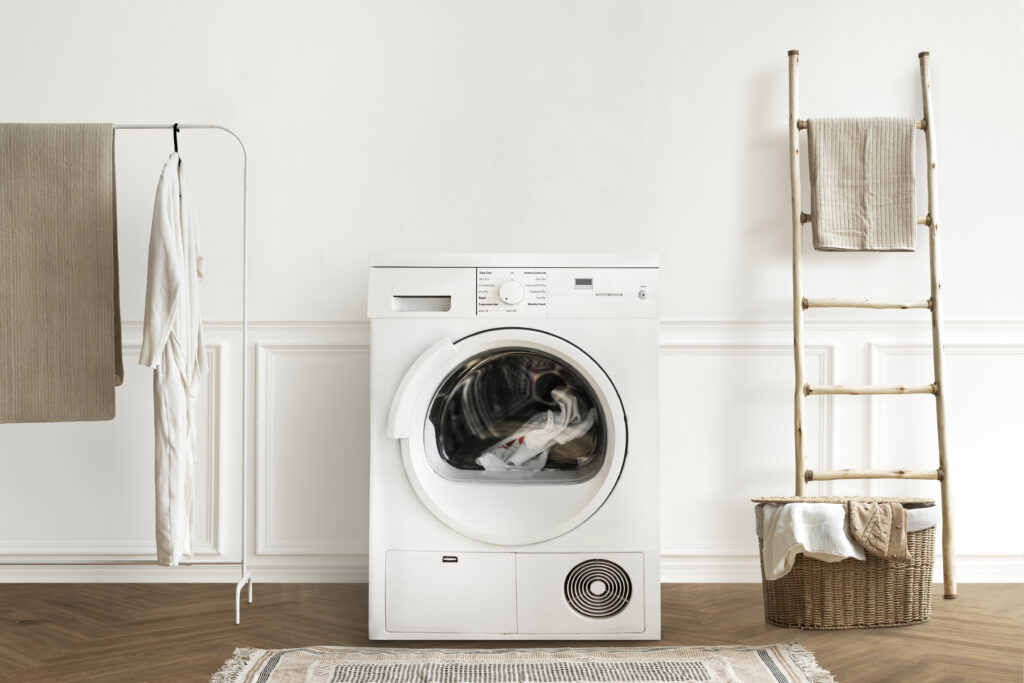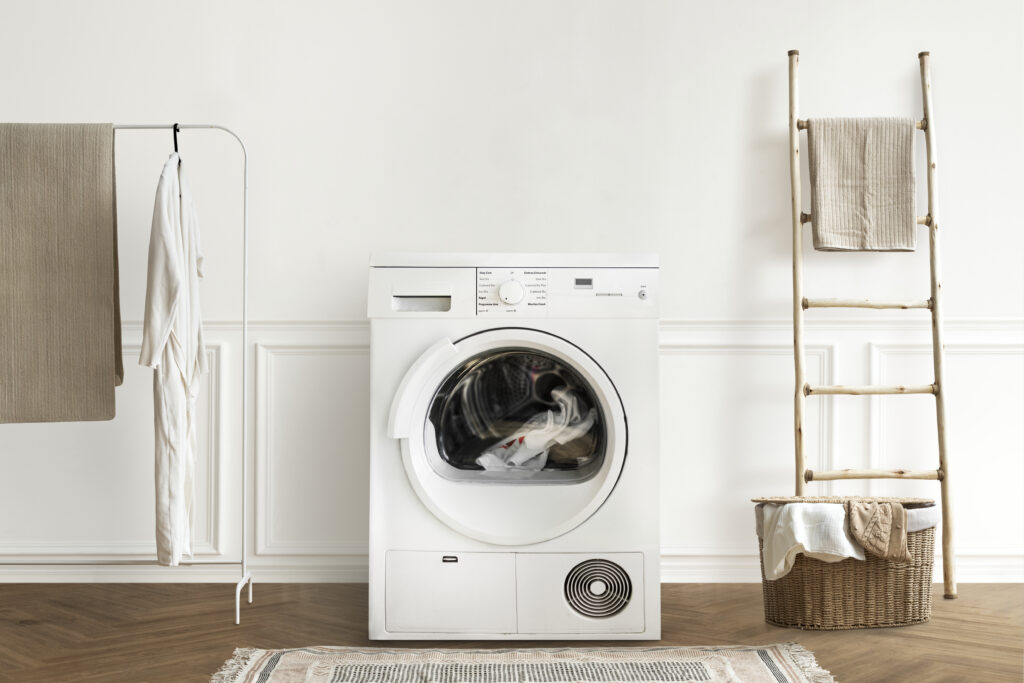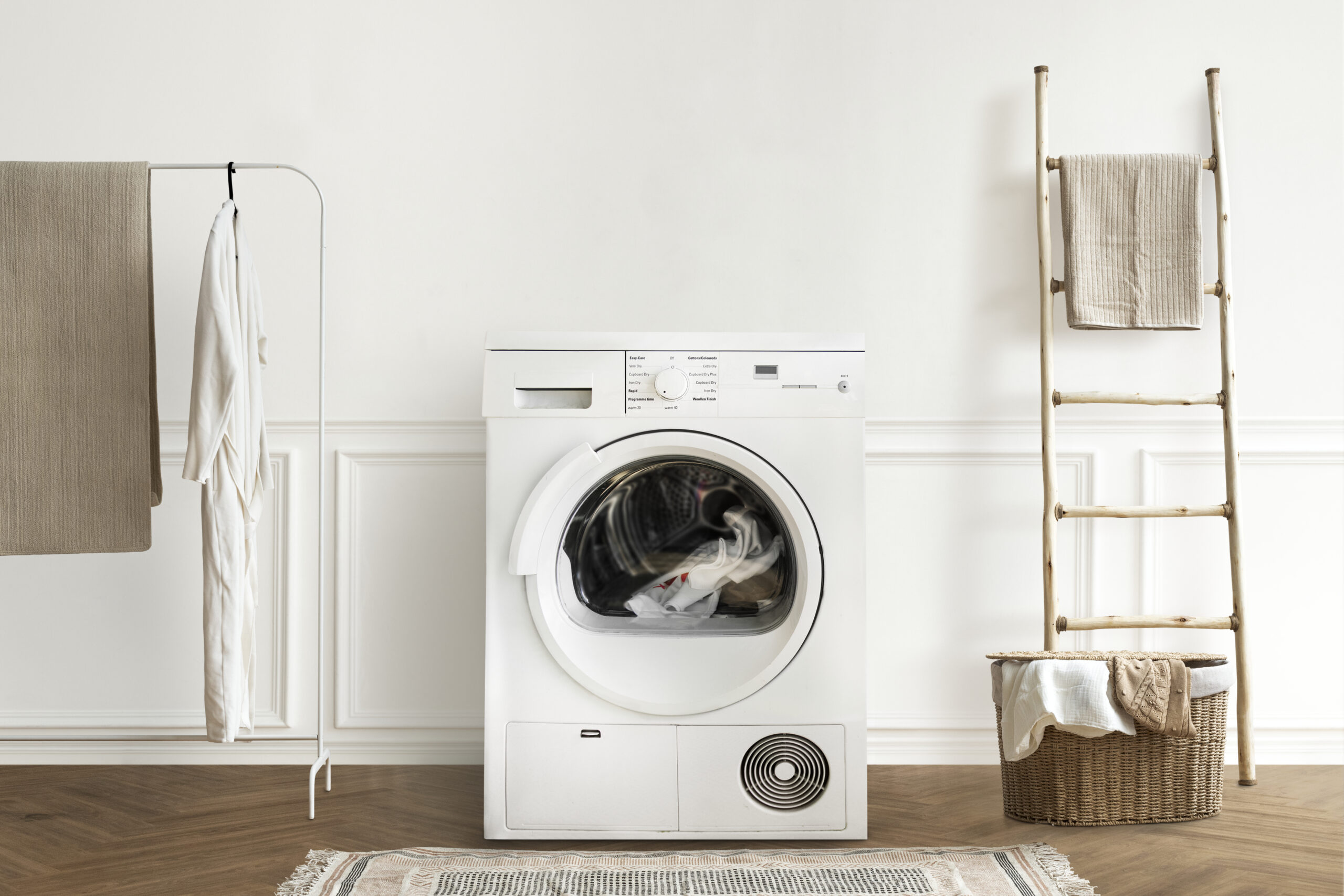It’s thrilling to purchase a new Samsung washing machine, but correct installation is crucial for optimal performance, longevity, and safety. A few clever installation techniques can prevent future problems like water leaks, excessive vibration, or electrical problems, regardless of whether you’re setting up a front-loading, top-loading, or washer-dryer combo.
We’ll go over the most crucial dos and don’ts while setting up a Samsung washing machine at home in this comprehensive tutorial. These pointers will guarantee that everything is ready for effective, trouble-free washing days, whether you’re managing the installation yourself or overseeing a professional.

📦 Things to Verify Before Starting: Before beginning installation, make sure you:
Verify the Samsung washing machine’s model number.
Make sure the floor in the space where you plan to install it is level and stable.
Make that the power, drain, and water inlet connections are conveniently located.
Keep the installation instructions and user handbook close at hand because every model has different needs.
✅ Dos: Optimal Techniques for Samsung Washing Machine Installation
Let’s begin with the essential steps you must do to set up your washer:
Examine the Installation Manual. Completely
Installation instructions vary depending on the type of Samsung washing machine. Read your appliance’s user handbook and installation instructions carefully before starting. It will give precise information about:
Power needs
Instructions for connecting to water
Drain configuration
Procedures for leveling
Pro Tip: If you lose your manual, you can also find the most of them on Samsung’s official website.
Select a Level and Stable Surface
It is essential to have a flat and stable surface to avoid noise, vibrations, and possible damage. Your Samsung washing machine should be placed on a level, sturdy floor, ideally tiled or concrete.
Its effectiveness and safety may be impacted if it is placed on soft surfaces like carpets or shaky platforms.
Before using, take out the shipping bolts.
If your washing machine is brand new, the drum will be secured during transportation with shipping bolts at the back. Before utilizing the washer, you must remove these bolts.

Why? If left in situ, they may harm the drum and produce excessive vibration and noise.
Advice: Use a standard wrench or the spanner that comes in the box. Remember to use the included plastic caps to seal the holes.
Make that the water inlet hose is connected correctly.
A cold water inlet hose is usually included with Samsung washers. Securely fasten the hose to your water supply tap and the washer. Be sure to:
To stop leaks, look for rubber washers inside the hose couplings.
Use a wrench to gently tighten connections after first tightening them by hand.
As instructed, connect your washer to a hot water line if it is capable of handling hot water.
Pro Tip: Because worn hoses can cause leaks, Samsung advises using the supplied hoses rather than old or used ones.
Place the Drain Hose Correctly 📌 5️⃣
Backflow, leaks, or incomplete water drainage can result from improperly positioned drain hoses. To properly configure it:
Connect the drain hose to the sink or standpipe drain.
Make sure there is no water submerged in the drain hose.
According to your user handbook, keep the hose at the recommended height, which is usually 60 to 90 cm off the ground.
To secure it in place, use the hose holder or hook that comes with it.
6️⃣ Make the washing machine level.
Uneven washing, excessive noise, and vibration are the results of an imbalanced washer. Legs on Samsung machines may be adjusted. A spirit level should be used and
Make sure the washer is properly level by adjusting the legs.
To secure the legs in place, tighten the locking nuts.
Pro Tip: After tightening the nuts, always check the level again.
Use a Specific Power Outlet 📌 7️⃣
Samsung recommends that you plug your washing machine into a specific electrical socket that is properly grounded. Extension cables and multi-plug adapters should not be used since they can overheat and cause fires.

The suggested voltage and power rating for your model can be found in your user manual.
Execute a Test Wash
After everything is leveled and connected:
Connect the washer.
Activate the water supply.
To check for leaks and drain performance, run a quick rinse or eco drum clean cycle (without clothes).
This aids in the early detection of any connectivity problems.
❌ Don’ts: Typical Installation Errors to Prevent
Let’s now discuss some things you should absolutely avoid when setting up your Samsung washing machine.
Don’t forget to remove the transport bolts.
As previously stated, one of the most frequent errors that can seriously harm your equipment while it is in use is leaving the shipping bolts in place.
Avoid installing on a floor that is uneven or slanted.
Your washer may vibrate, make noise, or even move during spin cycles if you place it on an uneven surface. Carpeted or hardwood surfaces should be avoided unless an anti-vibration mat is being used.
3️⃣ Avoid Tightening the Water Inlet Hose Too Much
Although tightening hose connections is crucial, doing so too much might tear threads or break plastic parts, which can result in leaks. Don’t force it; just tighten until it fits securely.
Minimum suggested clearance: For precise spacing instructions, consult your user handbook.
7️⃣ Pay Attention to the Quality of the Water Supply
Over time, hard water can lead to scale accumulation in the heating element, pipes, and drum of your washer. Consider installing a water softener or routinely using Samsung’s suggested descaling solutions if you live in a region with hard water.
📌 Extra: Expert Installation Services from Samsung
Samsung provides expert installation services through authorized dealers and customer support if you’re not confident you can handle the installation yourself. Their technicians are going to:
Bring the washer and unpack it.
Take out the transport bolts.
Attach the drain and water hoses.
Make sure the washer is level.
Test the device.
In addition to providing you with peace of mind, using expert services could be necessary in specific areas to keep your product’s warranty intact.

Concluding Remarks
The cornerstone of using a Samsung washing machine safely, effectively, and for a long time is proper installation. Your appliance will operate smoothly, produce superior cleaning results, and remain in outstanding condition for many years if you follow these dos and don’ts.
These crucial pointers will help you steer clear of typical blunders and configure your washer correctly the first time, whether you’re managing a specialist or performing a do-it-yourself installation.
💬 Have You Performed Your Own Samsung Washer Installation?
Have you learned anything from installing your Samsung washing machine? Leave a comment below with your thoughts and suggestions; it might make it easier for someone else to set up their new appliance!

Leave a Reply